It's time to study lunar lava tubes. Here's a mission that could help
Thursday, 21 March 2024 19:12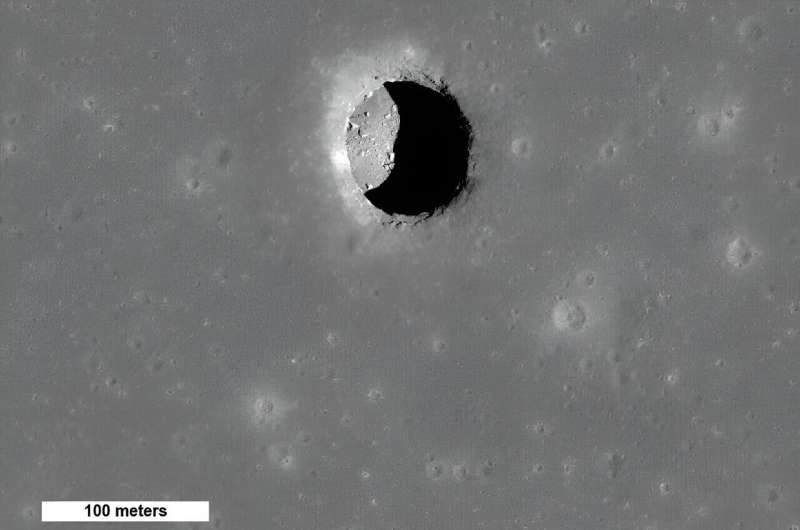
The moon is practically begging to be explored, and the momentum to do so is building. The Artemis Program's effort to return astronauts to the moon for the first time since the Apollo missions captures a lot of attention. But there are other efforts underway.
In 2023, the ESA put out a call for small lunar missions. The call was associated with their Terra Novae exploration program, which will advance the ESA's exploration of the solar system with robotic scouts and precursor missions.
The Mars science helicopter could be an airborne geologist on Mars
Thursday, 21 March 2024 19:03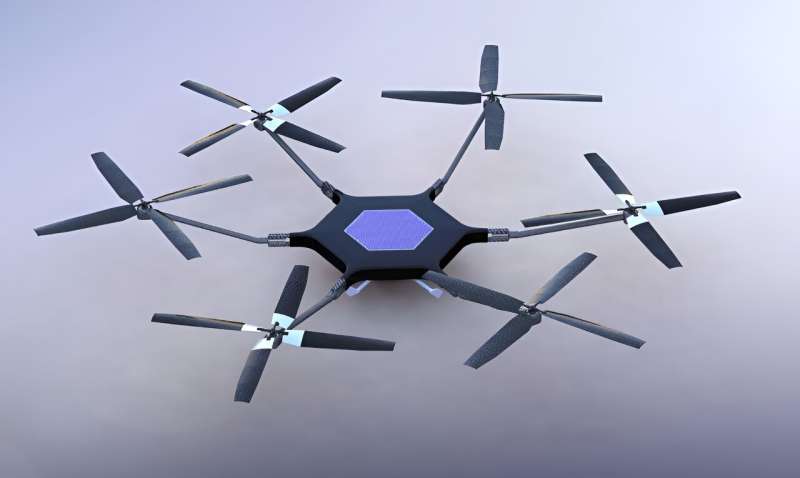
After more than 70 successful flights, a broken rotor ended the remarkable and groundbreaking Ingenuity helicopter mission on Mars. Now, NASA is considering how a larger, more capable helicopter could be an airborne geologist on the Red Planet. For the past several years scientists and engineers have been working on the concept, proposing a six-rotor hexacopter that would be about the size of the Perseverance rover.
Called the Mars Science Helicopter (MSH), it would not only serve as an aerial scout for a future rover, but more importantly, it could also carry up to 5 kg (11 lbs) of science instruments aloft in the thin Martian atmosphere and land in terrain that a rover can't reach.
A new paper presented at the March 2024 Lunar and Planetary Science Conference outlines the geology work that such a helicopter could accomplish.
The paper, "Unraveling the Origin and Petrology of the Martian Crust with a Helicopter," notes there are several outstanding questions about the makeup and history of Mars' surface, especially with recent discoveries of unexpected dichotomies in the composition of basaltic rocks.
DoD innovation unit to assess Firefly vehicle for missions beyond Earth orbit
Thursday, 21 March 2024 18:54

Japan's space agency says it hopes to forge a profitable launch business with its new H3 rocket
Thursday, 21 March 2024 17:44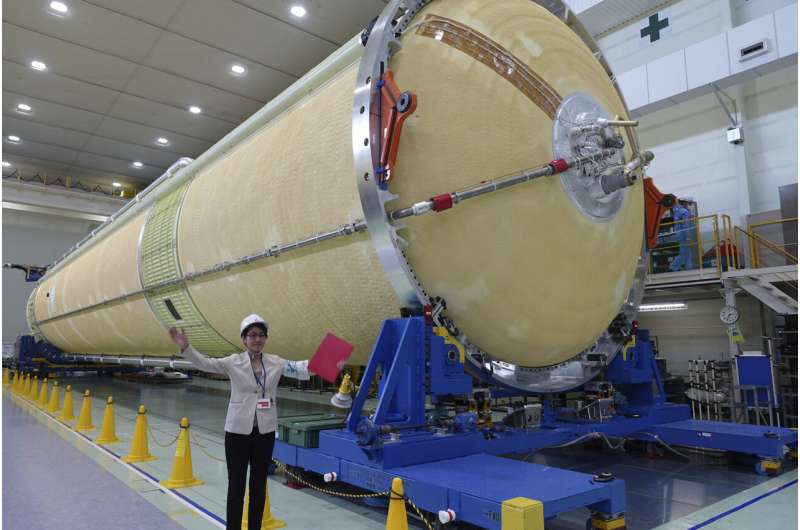
Japan's space agency and its prime contractor said Thursday they hope to be able to forge a profitable launch business with their new H3 rocket after its first successful flight last month in an increasingly competitive market dominated by Space X.
Japan Aerospace Exploration Agency and Mitsubishi Heavy Industries have been developing the H3 as a successor to the soon-to-retire current mainstay H-2A, which enjoyed a 98% success rate but its high launch cost made it less competitive in the global market.
Russia's space agency aborts launch of 3 astronauts to the International Space Station; all are safe
Thursday, 21 March 2024 17:44
Hanwha Phasor aims to release debut multi-orbit terminal this summer
Thursday, 21 March 2024 16:26
Webinar: Direct to Device Satellite Services – Register Now
Thursday, 21 March 2024 16:18

Starship could have a big impact on small launch vehicles
Thursday, 21 March 2024 15:21

Media invitation: Last chance to see Arctic Weather Satellite
Thursday, 21 March 2024 15:02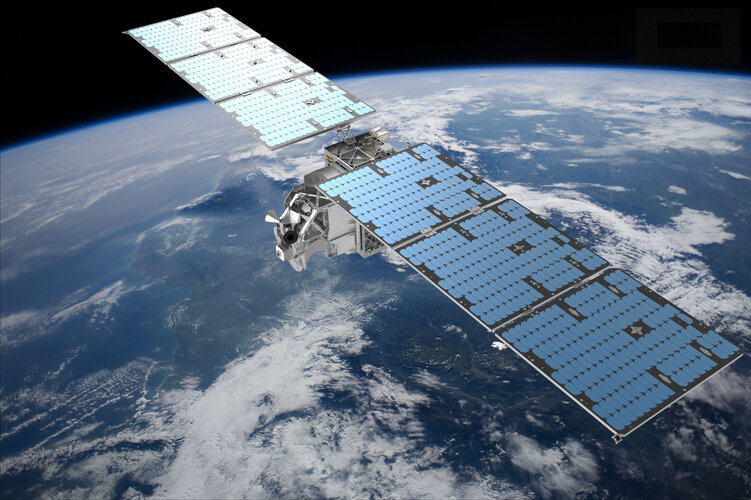
Call for media: Last chance to see Arctic Weather Satellite
Toward the next generation of air quality monitoring
Thursday, 21 March 2024 14:00 Video:
00:17:57
Video:
00:17:57
Air pollution is the largest environmental health risk in Europe and significantly impacts the health of the European population, particularly in urban areas.
Following on from the Sentinel-5P satellite – the first Copernicus mission dedicated to monitoring our atmosphere – the Sentinel-4 and Sentinel-5 missions will take current air quality measuring capabilities to the next level.
Together, the Sentinel-4 and -5 missions will provide information on atmospheric variables in support of European policies. This will include the monitoring of air quality, stratospheric ozone and solar radiation, and climate monitoring.
This video features interviews with Giorgio Bagnasco, Sentinel-4 Mission Project Manager,
Connecting Ariane 6 upper and core stage
Thursday, 21 March 2024 13:00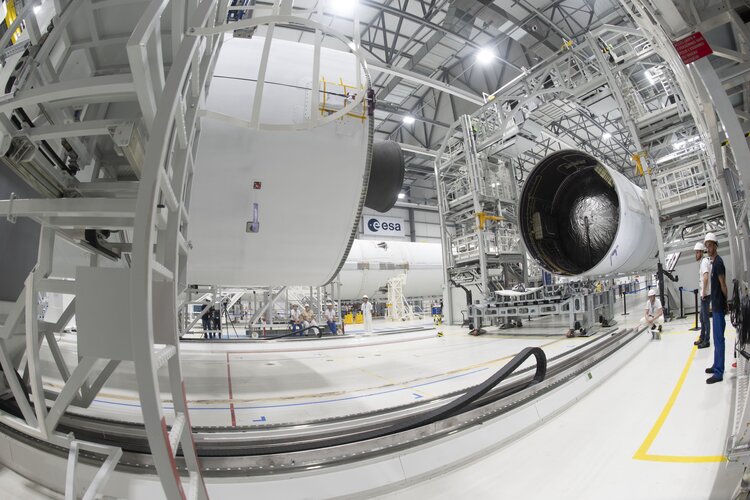 Image:
Connecting Ariane 6 upper and core stage
Image:
Connecting Ariane 6 upper and core stage 





